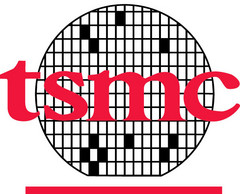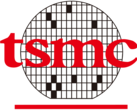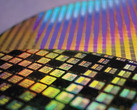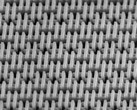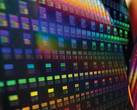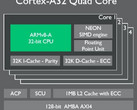There has been no shortage of information over the last few months discussing how chip foundries such as TSMC, GlobalFoundries, and Samsung are planning to be mass producing silicon based on a 7nm node from 2018. However, there had been speculation on whether they would be using Deep Ultra Violet (DUV) or the more advanced Extreme Ultra Violet (EUV) lithography.
What does lithography mean in terms of electronics? Lithography is the process that creates the circuit patterns on the silicon wafers that make up the microchips in the devices we use, such as on the CPU or SoC. These are kind of like microscopic versions of the lines you see on your motherboard.
What is the difference between DUV and EUV, and why does it matter? DUV has been in commercial use for longer, and uses a longer wavelength of light. EUV uses a much smaller wave length (13.5nm vs 192nm), and this allows for printing smaller features onto the silicon wafer. EUV is currently limited in production speed due to power constraints. While the older DUV technology has allowed fabricators to accurately print the detail needed up to now, the advancements made in shrinking manufacturing node, and subsequently shrinking the CPU die, has meant that DUV soon won't have the level of detail accuracy needed, and a more advanced replacement (EUV) will be needed.
TSMC has confirmed that their first generation of 7nm products will be produced solely using DUV. TSMC has been the sole supplier of Apple's A-series chipsets for iPhone and iPad for a couple of years now, although there have been rumors of Samsung wanting to return to producing chips for Apple in 2018. This competition may be one reason for sticking to DUV processes, allowing for higher throughput in each factory.
GlobalFoundries has similar plans for their lithography with DUV only for the first generation, with a mixed DUV+EUV for later generations. Samsung still plans to use EUV on their first generation 7nm processes, and given the production constraints of EUV, we would expect this to be a split DUV/EUV production.
Loading Comments
I grew up in a family surrounded by technology, starting with my father loading up games for me on a Commodore 64, and later on a 486. In the late 90's and early 00's I started learning how to tinker with Windows, while also playing around with Linux distributions, both of which gave me an interest for learning how to make software do what you want it to do, and modifying settings that aren't normally user accessible. After this I started building my own computers, and tearing laptops apart, which gave me an insight into hardware and how it works in a complete system. Now keeping up with the latest in hardware and software news is a passion of mine.
> Expert Reviews and News on Laptops, Smartphones and Tech Innovations > News > News Archive > Newsarchive 2017 07 > TSMC's first generation 7nm process will be based on older printing technology
Craig Ward, 2017-07-23 (Update: 2024-08-15)




